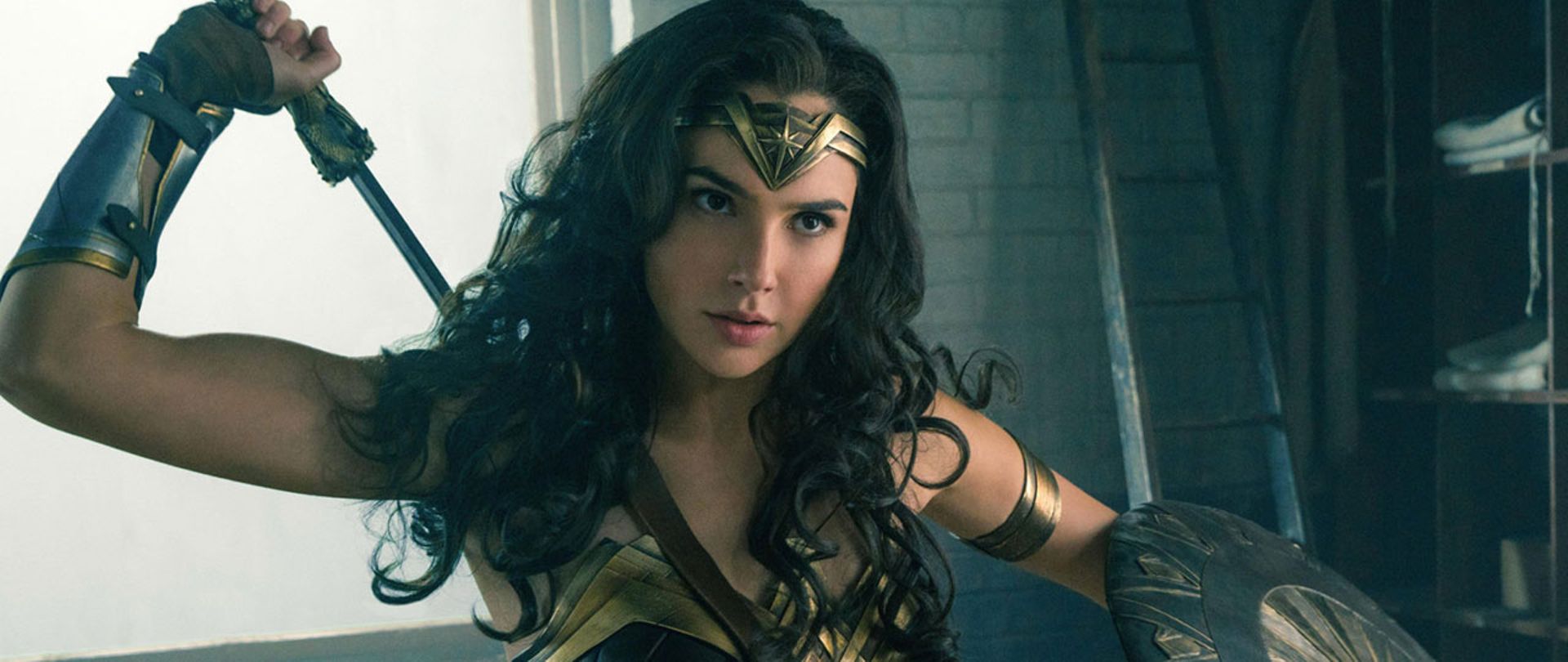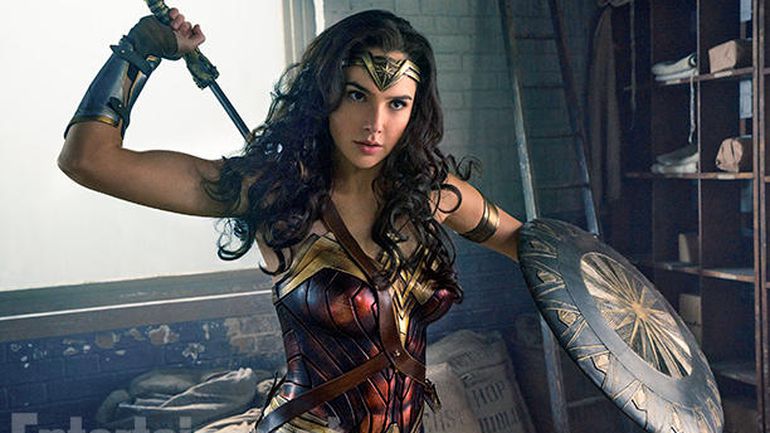Are You Wondering Where the Wonder Woman Marketing Is? Yeah, Us Too


We’ve got just over a month before Wonder Woman hits theaters. By this time in a mega-blockbuster superhero movie’s gestation cycle, potential audiences have long been drowning in promotional campaigns. Do you remember how much advertising you’d seen for Suicide Squad the six months or more leading up to its release? How many stories about Jared Leto’s *crazy* onset behavior you’d heard? (And don’t be fooled, that sort of attention, those stories ending up in online outlets, magazines, and TV interviews, is advertising, orchestrated by Warner Bros.) How many magazine covers, cute Omaze contest videos, and late-night interviews you’d seen Henry Cavill and Ben Affleck do leading up to Batman v. Superman? Marketing is s huge part of the movie process. So where is the marketing for Wonder Woman?
I have to admit, I hadn’t even noticed the lack of advertising until Shana O’Neil over at Syfy Wire pointed it out earlier this week. At which point I, along with a whole bunch of other internet dwellers, immediately realized the giant gaping void where all the fast food commercials and TV spots should be. If you’ve been feeling like you’re just not seeing that much Gal Gadot, it’s not in your head. Take a look at Warner Bros’ YouTube channel. The Batman v Superman page has 30 videos, about half of which had come out before the end of the month prior to its release. Nearly two months before Suicide Squad’s release, it already had four different official TV spots.
A month out from its release, Wonder Woman has five videos on its YouTube channel. Two of those are trailers from last year, and two are Google VR videos for the artwork. Gal Gadot is on the cover of Empire Magazine this month in full Wonder Woman garb, and W magazine in regular fashion form. I feel like I’ve seen more Wonder Woman lately in promos for Justice League than for her own movie, despite coming out more than six months later. Set visits are a huge push for coverage from major outlets, where writers are invited to visit the film set and meet the cast and crew, then report to their readers how cool everything was. So why did Justice League have their set visit more than six months before WW’s, giving it that much more time to foster the hype these movies need to exist on the scale they create for themselves?
Because while many of us who live on the internet probably get tired of the deluge of advertising, it is necessary to foster the excitement that builds for this kind of movie long before it’s release. The studios spend many millions of dollars making sure anticipation is high because it works. Advertising brings in audiences. (I mean, it sure as hell wasn’t word of mouth that allowed Batman v. Superman to turn a profit.)
So why isn’t Warner Bros. investing in their own movie? Do they think putting Wonder Woman front and center in Justice League promos will kill two birds with one stone? That doesn’t make a whole lot of sense since the movies come out so far apart. So what could it be?
More likely: The studio just doesn’t know how to market this movie. This movie, which stars a female protagonist, but isn’t a typical female-oriented property, as they’ve become used to viewing them. Of course, as we all know, this very much is a movie women are clamoring to see, but studios tend to get stuck in the mindset of equating men with superheroes and women with romance. For an industry so fearful to exist outside of binaries, a female hero with the potential to appeal to a bunch of different demographics equally is bound to confuse them.
This lapse in promotion for the film itself seems deeply tied to the very public issues studios, manufacturers, and companies like Target and Toys R Us have been having with the way they’ve marketed merchandise for these types of movies. From #WheresRey, to the lack of Black Widow toys, to Princess Leia being swapped out of her own screengrabs for t-shirt sales, there’s an all-encompassing belief that 1) women and girls aren’t a strong enough demographic to be marketed to when it comes to action/sci-fi/general geek properties, and 2) men and boys won’t spend their money on toys/shirts/movie tickets on properties featuring female characters.
You would think the wild success of The Force Awakens would have disproved this idea. (Remember when, among so many other examples, we learned Hasbro hadn’t included a Rey piece in their TFA Monopoly game because they didn’t think it would sell, and we all responded with an overwhelming WTF, Hasbro, leading them to change their narrow minds on that?) But these companies have a lifetime of precedent in trusting the bankability of male-led films and merch. If we’re being generous, I suppose we can understand that the recent trend of successful woman-led franchises needs time to soothe their skittish marketing minds.
Or, on the other hand, we’re under no obligation to be generous or understanding. We can continue to call out the insulting, damaging marginalization of the female demographic, and demand immediate change. Because you know what? I want to be drowned in Wonder Woman marketing, and I want a Black Widow movie, and I want Rey’s face on every t-shirt I own.
Hasbro, Target, and the Disney Store have all either dabbled in or committed to doing away with categories based on gender, and that’s working out supremely well for them financially. Can we please just all agree to accept that women make money, spend money, and deserve representation in the entertainment they watch?
(image: Warner Bros.)
Want more stories like this? Become a subscriber and support the site!
—The Mary Sue has a strict comment policy that forbids, but is not limited to, personal insults toward anyone, hate speech, and trolling.—
Have a tip we should know? [email protected]
